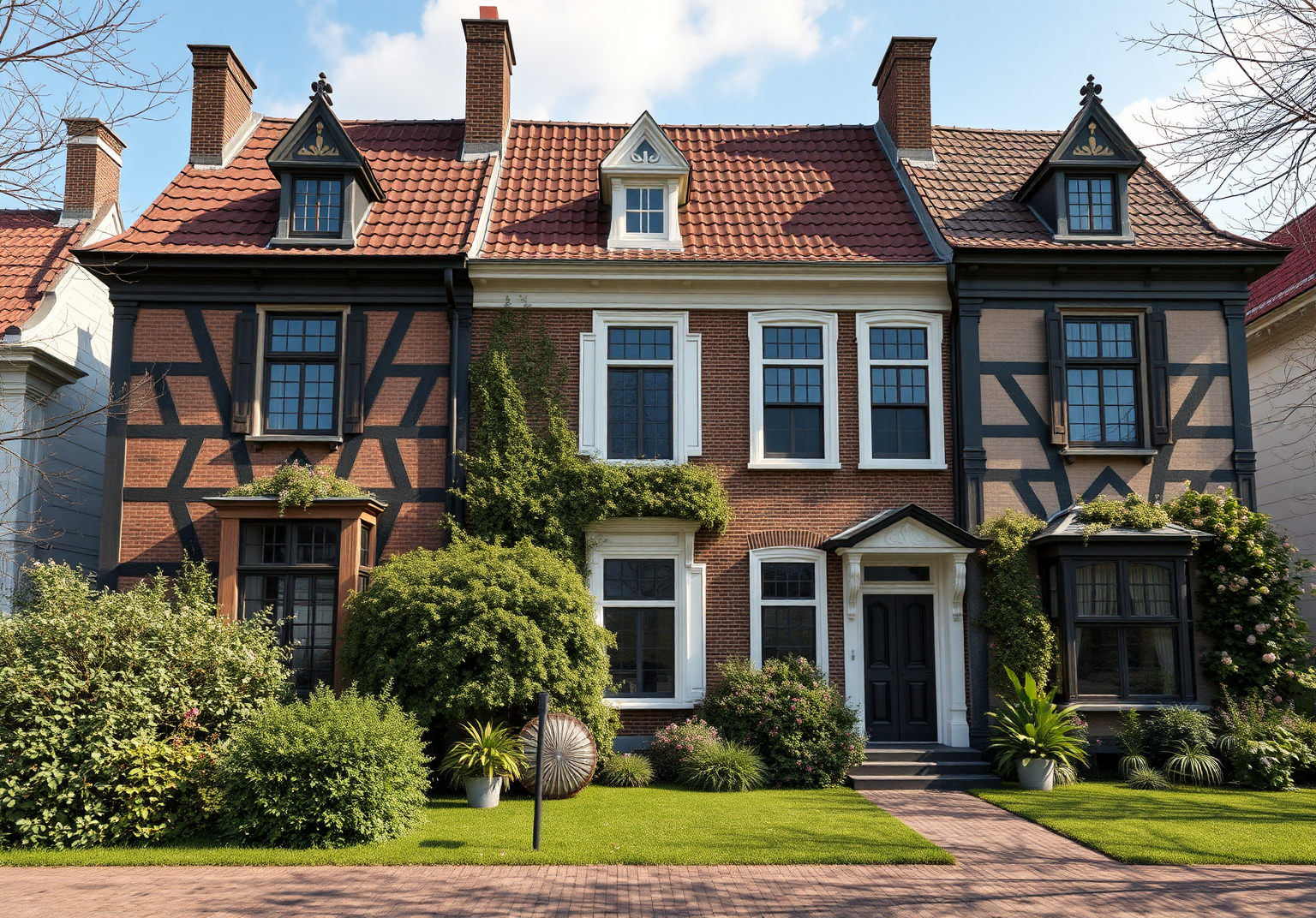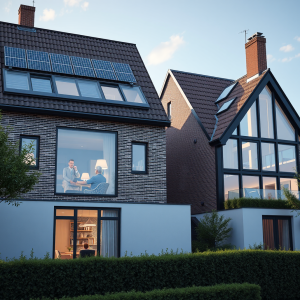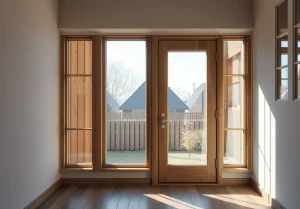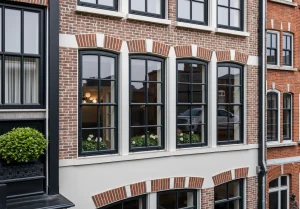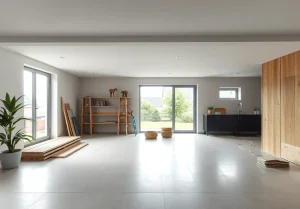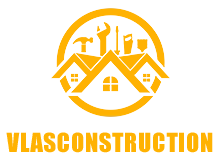Secrets to Renovating Historic Homes in the Netherlands
Renovating historic homes in the Netherlands is a complex yet rewarding process that requires a deep understanding of the country’s rich architectural heritage and stringent preservation laws. This article will guide you through the key concepts, challenges, and best practices involved in renovating historic homes, ensuring that you preserve the past while embracing modern comforts.
Basic Concepts: Understanding Historic Homes in the Netherlands
Historic homes in the Netherlands, particularly in cities like Amsterdam, are renowned for their unique architectural styles and historical significance. These homes often date back centuries, making them a living testament to the country’s cultural and architectural evolution.
Historical Background
The Netherlands boasts a diverse array of architectural styles, from the narrow, colorful houses of Amsterdam to the monumental warehouses and public buildings. Each building has its own story, often spanning several hundred years, which makes Amsterdam and other Dutch cities a living museum of European architecture.
Preservation and Restoration
Renovating historic homes in the Netherlands involves a delicate balance between preserving original features and introducing modern conveniences. This process is tightly regulated by local laws aimed at protecting the country’s historical landscape. Homeowners must navigate these regulations while ensuring that their renovations respect the historical integrity of the property.
Challenges in Renovating Historic Homes
Several challenges arise when renovating historic homes in the Netherlands, including:
- Preservation of Original Features: Historic homes often come with original features that must be preserved, such as steep and narrow staircases, which may not meet current building regulations.
- Space and Light: Amsterdam’s canal houses are famously narrow and deep, making it essential to maximize daylight and create a sense of spaciousness through innovative design solutions.
- Regulatory Compliance: Renovations must comply with local regulations, which can be complex and time-consuming. For example, removing load-bearing walls or altering pipes may require specific permits.
- Sustainability and Energy Efficiency: Modernizing historic homes to meet contemporary standards of sustainability and energy efficiency is crucial. This includes the use of eco-friendly materials, energy-saving systems, and green solutions.
Practical Tips for Renovating Historic Homes
Planning and Design
Effective planning and design are critical to successful renovations. Here are some practical tips:
- Understand the Historical Fabric: Before starting any renovation, it is essential to understand the historical context and architectural style of the property. This helps in making informed decisions that respect the original character of the home.
- Use Modern Technologies: Utilize modern technologies such as 3D modeling and smart home innovations to plan and execute renovations accurately. These tools help in integrating new features into old structures seamlessly.
- Custom Kitchens and Bathrooms: Design custom kitchens and bathrooms that blend modern functionality with historical aesthetics. This includes using sustainable materials and technologies to ensure these spaces are both beautiful and environmentally friendly.
Execution
The execution phase involves several key steps:
- Obtain Necessary Permits: Ensure that all necessary permits are obtained before starting any major renovations. This includes permits for removing load-bearing walls, altering pipes, or making other significant changes.
- Work with Experienced Contractors: Collaborate with contractors who have experience in renovating historic homes. They can help navigate the complexities of preserving original features while introducing modern updates.
- Preserve Original Features Creatively: Retain historical features by incorporating them into the design. For example, using original split-level structures to create “see-through effects” that visually connect spaces.
Finding Suitable Accommodation During Renovations
Renovations can be lengthy, so it is crucial to plan for temporary accommodation:
- Temporary Housing Options: Consider staying in your old property, arranging with new owners to pay rent, or opting for short-stay accommodations like Airbnb while the renovations are ongoing.
- Budget for Delays: Budget extra time for delays, as renovations are rarely completed on schedule. This helps in avoiding the inconvenience of living on a construction site.
Case Studies: Successful Renovations in the Netherlands
Several case studies illustrate the successful renovation of historic homes in the Netherlands:
Canal House Renovation by i29
A notable example is the renovation of a 1675 canal house in Amsterdam by the design firm i29. The project involved preserving the historical features of the home while introducing contemporary updates. The team used rich colors and unexpected materials to differentiate various areas, ensuring that the historic character of the spaces was maintained.
Modernizing Historic Homes with Sustainable Solutions
Companies like Tommy’s Service in Amsterdam specialize in renovating historic homes with a focus on sustainability and modernity. They use eco-friendly materials, energy-saving systems, and green solutions to ensure that the renovated homes are both beautiful and environmentally friendly.
Conclusion
Renovating historic homes in the Netherlands is a challenging yet rewarding endeavor. By understanding the historical context, complying with local regulations, and using modern technologies, homeowners can preserve the past while embracing modern comforts. With careful planning, creative design, and the right execution, it is possible to transform old homes into vibrant, sustainable living spaces that honor their historical heritage.
For Dutch residents looking to renovate their historic homes, the key is to find a balance between preservation and modernization. By following the practical tips outlined above and drawing inspiration from successful case studies, you can ensure that your renovation project not only respects the historical fabric of your home but also meets the needs of contemporary living.

